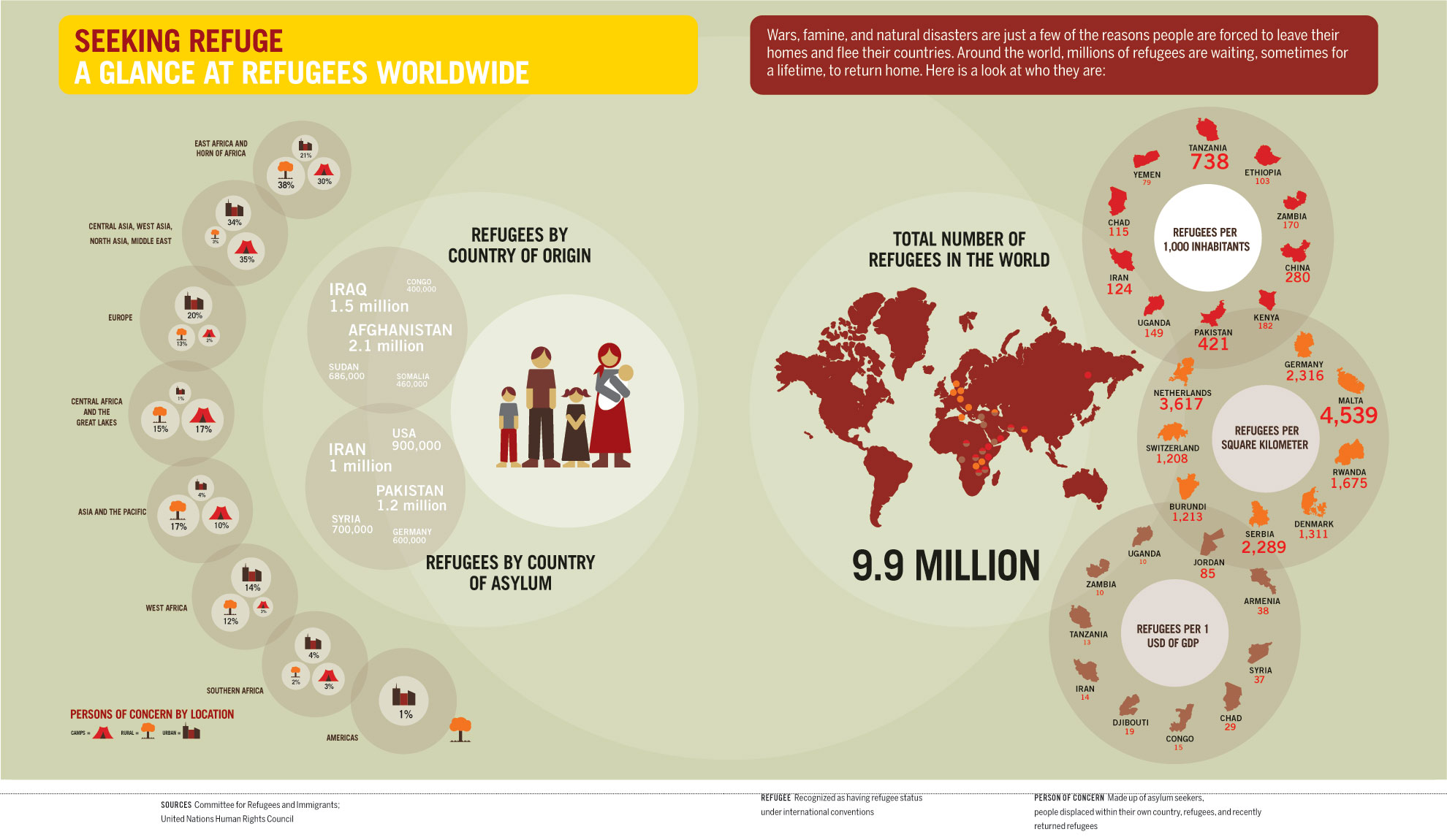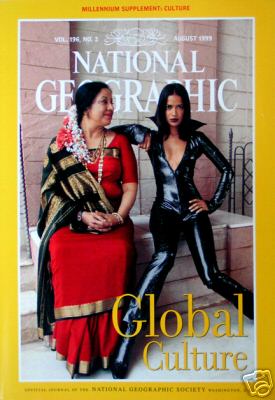Thanks to Captain Crab for letting me know about this fun 20-minute video by Annie Leonard called The Story of Stuff. It it, using animation, she explains how “[f]rom its extraction through sale, use and disposal, all the stuff in our lives affects communities at home and abroad.” Basically it’s about the externalized costs that allow us to get things for $1.99 at our local big-box store:
Found at The Story of Stuff.
NOTE: As several commenters have pointed out, this video is definitely a simplification–it is, after all, a very brief overview of an extremely complex process. The video still provides a fairly accurate portrayal of some concerns expressed by critics of globalization, despite the simplifications.
One commenter in particular argues that the statistics used in the video are flawed or even entirely made up. I really have no way to judge that one way or the other, not being an expert on this. At the website for The Story of Stuff, there are citations for all of the numbers used, so if you’re really interested in that, you might want to look more fully into where the data came from. Again, I can’t take a real stance here one way or the other because this isn’t my area of expertise; the data might be flawed, but the commenter doesn’t provide other data to contradict it. It might make for an interesting discussion on the use of data and why people with different views on globalization might use different numbers. You take students through it and ask “What’s useful here? What statistics might be inaccurate? Why might they be presented that way? Why is it possible to come up with statistics that say completely different things about the same issue?”
Click here for a discussion of how one Professor uses it in a Rhetoric and Writing class.






